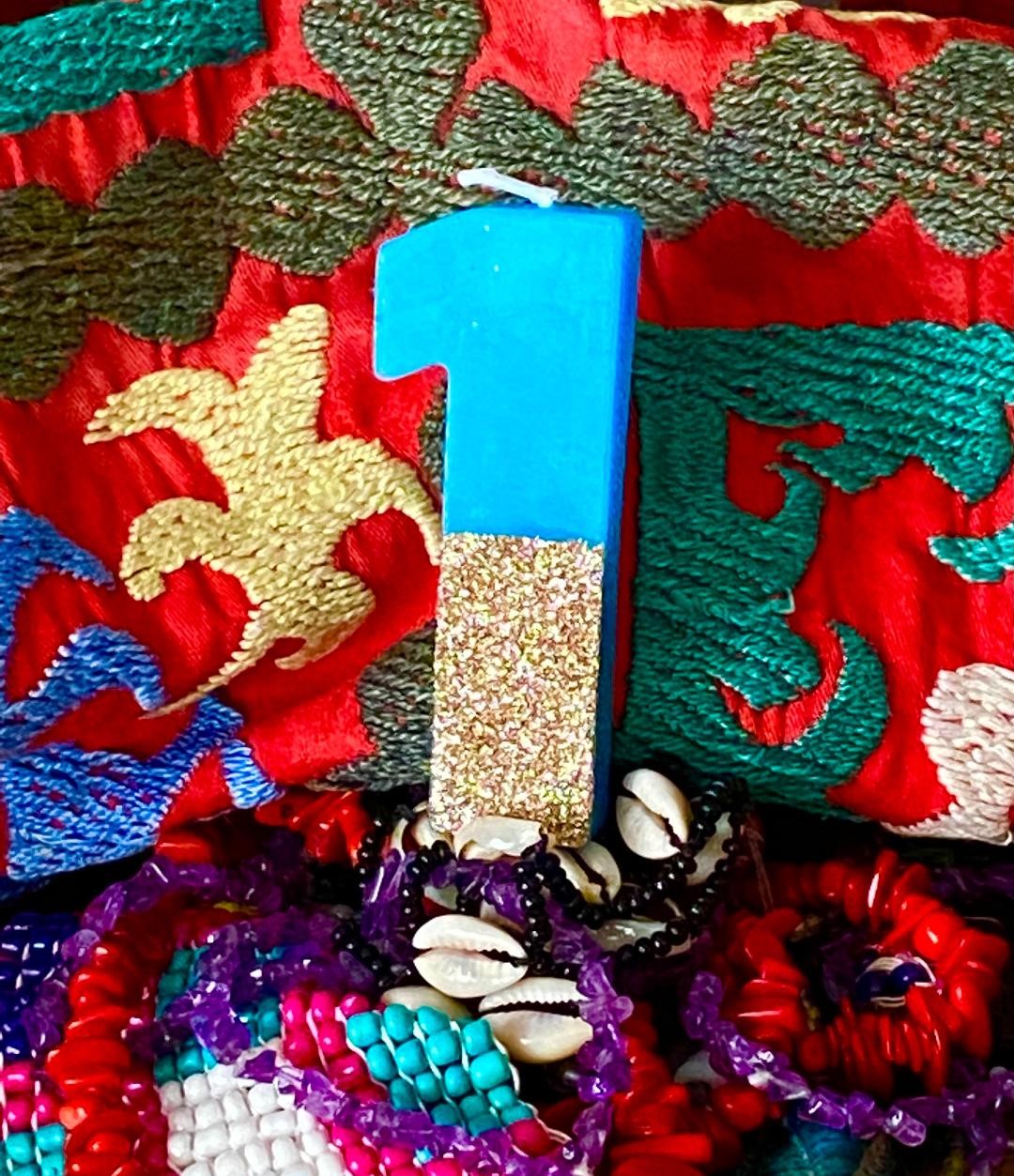
First Anniversary Issue!
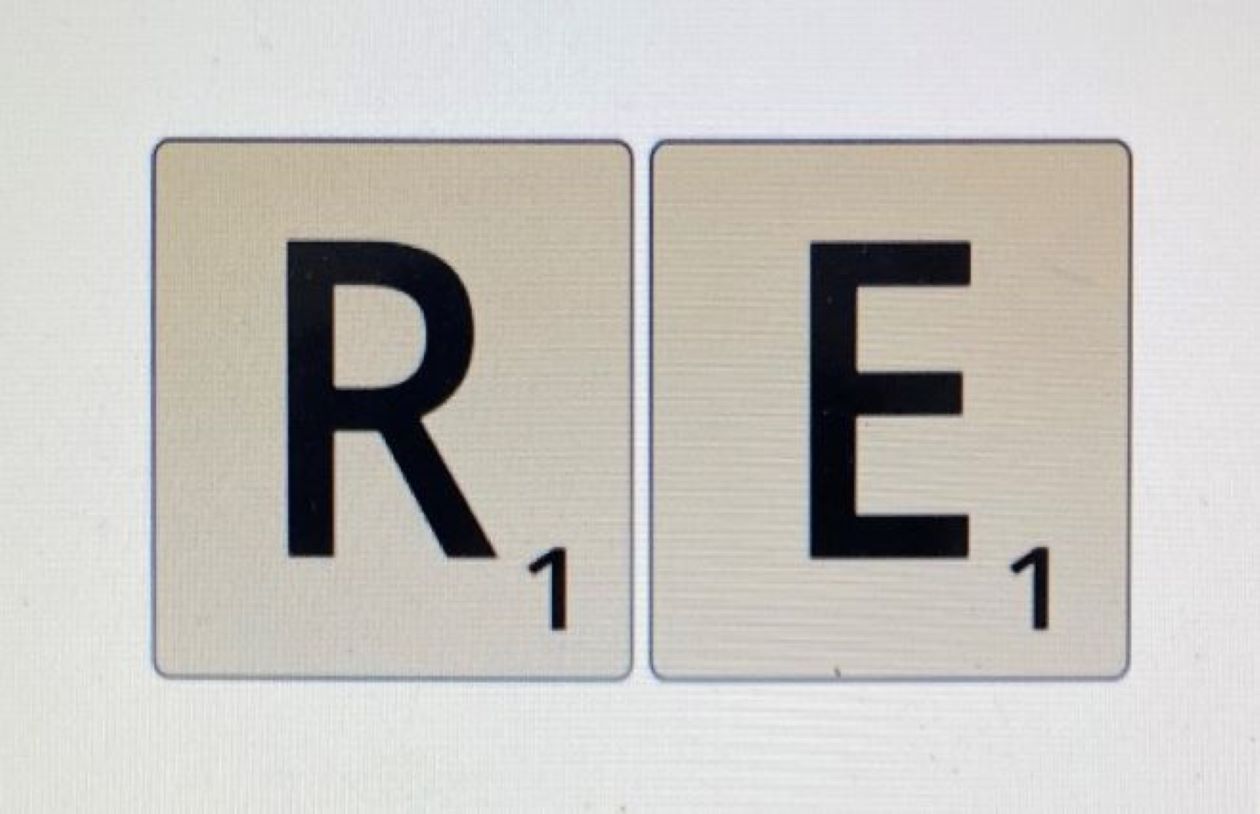
Welcome to (Re)!
I am very excited to present a curated “journal of ideas” that is a meeting place of visual art, prose, science, and more.
The idea for this endeavor came about from my love of vintage clothing and found objects and the way in which one ‘re’cycles these objects, et al. to make them their own. This concept then grew from that which we acquire in this vein, to that which we create through our various art forms (and yes, science and math are considered here, to be ‘the application of creative skill and imagination,’ as art is formally defined). All of the material presented incorporates a re-root word, such as relive, reinvent, reuse… into its framework in whatever way the artist chooses. And so, (Re) is a product of this expanded idea.
The journal, available quarterly online, features the work of artists/creators/thinkers in various categories and I am honored to present their work within this forum.
Thank you so much for taking the time to explore this new and evolving (re)source.
I hope you enjoy the ride!
— Felice Neals
Writer, reader, photographer, dance devotee, film citizen, language-a-phile…
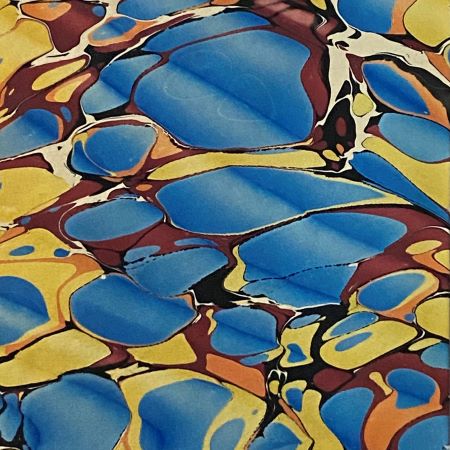

Plein air poems: Indian Pond
Poetry
(Re)contextualize
Michelle Valladares
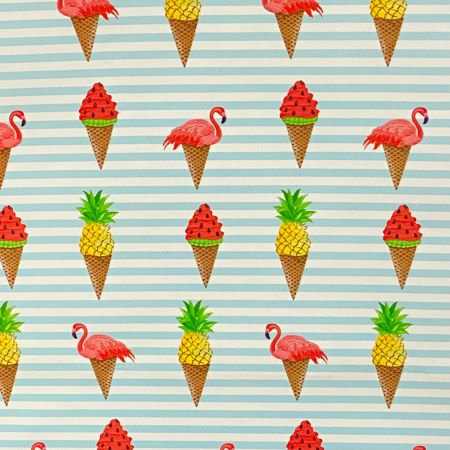

I have a few questions...
Interview
(Re)examine
Anjali Enjeti
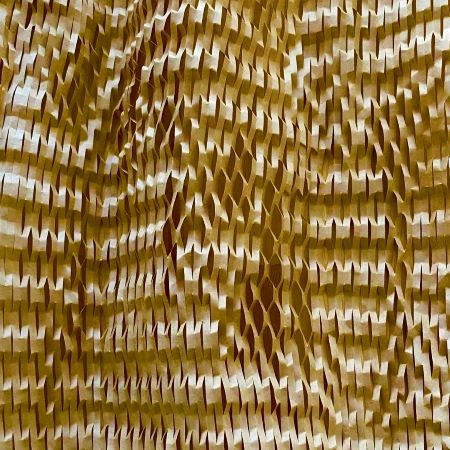

Hogueras & Premoniciones/Bonfires & Premonitions
Poetry
(Re)membrance
Miguel Angel Munoz Sanjuan
WELCOME TO THE MULTI-GENRE SCIENCE CORNER
“Science is the poetry of reality.” — Carl Sagan
Ever since a friend’s father told us when we were ten that he’d had an encounter with a UFO while on a trip to Arizona – I’ve been hooked!


Here is some of the latest and greatest news on the always fascinating topic: Are we alone?…
https://www.cnn.com/2021/06/14/world/ufos-search-for-alien-life-scn/index.html
https://theconversation.com/do-aliens-exist-we-asked-five-experts-161811
More than 30 people saw the same UFO in Argentina: The Unexplained Files:
(Re)surface
Artist: Lauren Skelly Bailey
I consider myself an explorer, seeking new ways of layering, swirling, forcing, bending, breaking and reusing surfaces. In the newest body of work, older pots have been given new layers of ceramic materials resulting in new compositions of surface and color. These pieces are mirroring how corals handle stress. More specifically, how they are able to change their outer skins to reflect their inability to be sustained due to climate change such as, temperatures rising – while stress causes them to turn bright neon, and occasionally stark white from a bleaching event. They do come out of these events to live healthier lives.
As a mother and maker, I am grappling with new ways of navigating how to reflect on these roles and play with color in my work. I have recently found that by reworking older works through layering new materials, I am able to go through the entire process again. Older parts of my practice become relevant, and important for good bones of new sculptures. By restarting the firing process the work mirrors the cyclical life of a coral.
Each firing presents a new element to the piece furthering its transformation from fail to fixed. Not all firings are successful, but the learning that takes place is a win for me. I make earthy lasagnas, I respond to changes, and observe balance in my work. I seek to push an uneasy tension between materials and form.
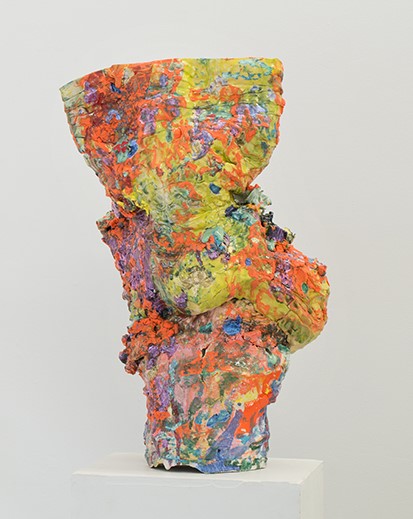

Surface Over Sustenance
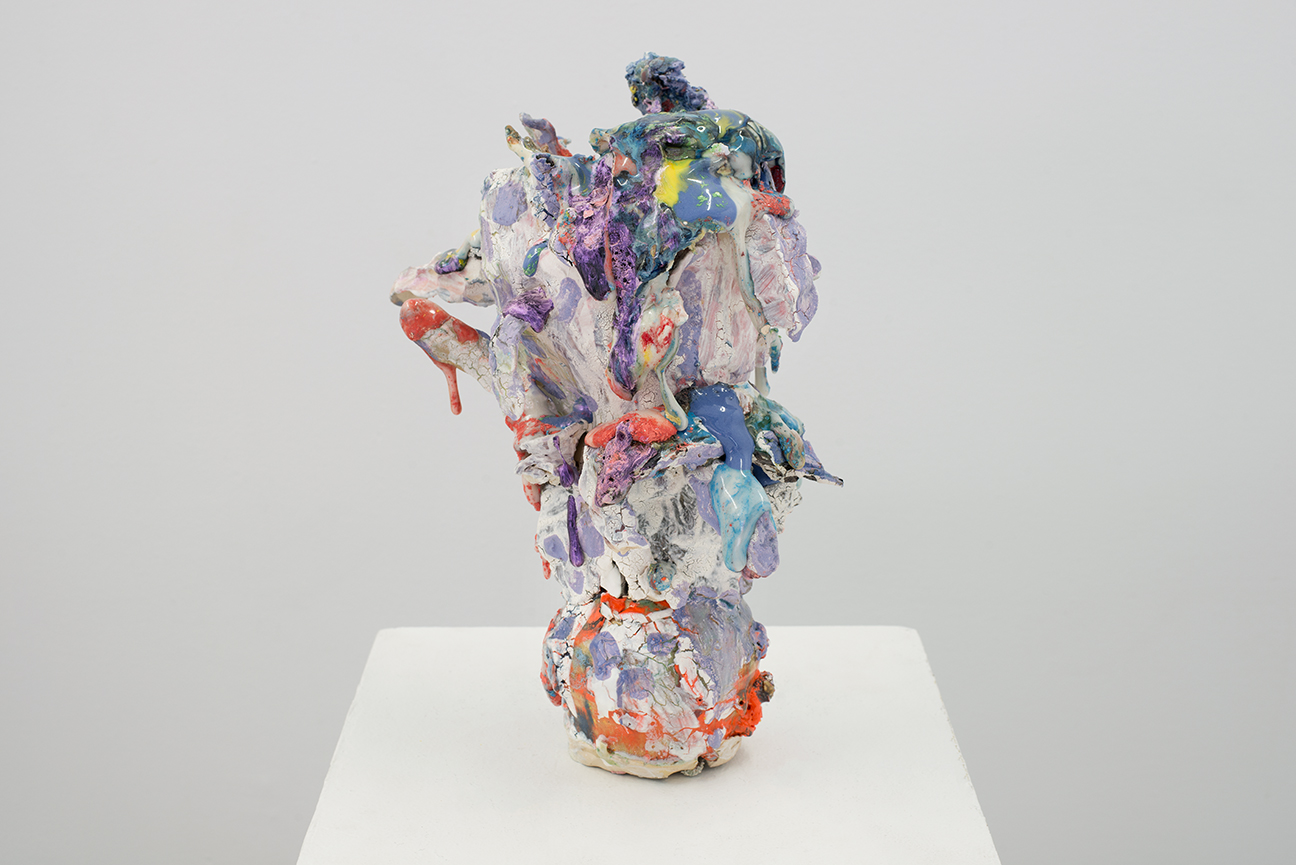

Teetering
2021. Glazed stoneware with stains and slip with pigment. 9×4.5 x 5 inches
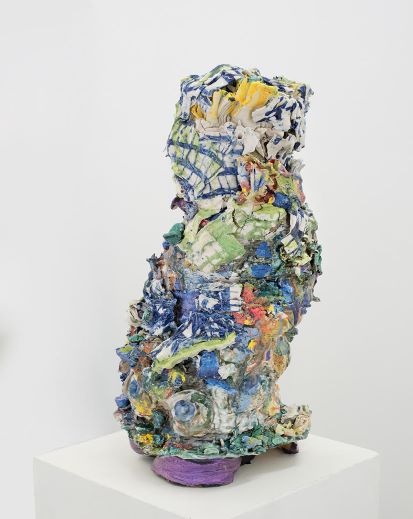

Forged
Dedicated to the investigation of clay, Lauren Skelly Bailey explores surface, form, and materiality in her assemblages, sculptures, and installations. In 2015, Skelly received her MFA from Rhode Island School of Design with a focus in Ceramics. Skelly has studied at Adelphi University from 2008-2014, where she obtained her MA and BFA degrees in Studio Arts. In 2018, Skelly’s studio practice traveled to C.R.E.T.A. Rome for a summer residency that involved implanting her coral formations into walls, streets, and buildings in Rome.
Skelly has exhibited her work nationally and internationally. In 2018, at the Museum of Arts & Design, Skelly showcased installations, photographs, decorative vessels, and conglomerates in her first solo exhibition in NYC. The work for this show was created at MAD through her residency in 2017, images of her Coral Drops in Rome, and a coral assemblage series, “Constructing Awkward Beauty.” In March of 2021 Skelly’s work, “Bangarang,” was on view at the Weston Gallery in Cincinnati as part of the Social Recession exhibition, curated by Shannon Rae Stratton, as part of the annual NCECA conference. In addition to her studio practice, Skelly teaches community art classes & visual art at Iona College in New Rochelle.
Music Stuff
An Interview with Gerald Busby
We have the great pleasure of presenting a (Re) “I have a few questions,” interview with music composer, Gerald Busby, whose work includes composing the powerful score for Robert Altman’s 1977 film, Three Women.
I presented Gerald with four questions which I asked him to answer in written form, in whatever way he chose. Here are his inspiring responses.
Let’s begin at the beginning. Tell us a bit about your music background?
I was born into a Southern Baptist family at the peak of both the Great Depression and the Dust Bowl, December 16, 1935, in Abilene, Texas. Just the opposite of the families depicted in The Grapes of Wrath: my parents moved east, with me as a three-year-old and my sister, from the dreaded barren plains of West Texas, to the small town of Tyler, Texas, a hundred miles from Louisiana. There they promptly joined the First Baptist Church, and its myriad of activities comprised my family’s entire social environment. Every event at the church began with singing, and from the age of 10, I was regularly called on to play the piano for these meetings. Nothing was more important to my development as a public performer — I had a consistent audience in the singing congregation itself.
I learned to play the giant rosewood Crown Upright Parlor Grand Piano that sat in our living room. It had been a wedding gift to my mother in 1917, and had been purchased by mail from the Sears Roebuck Catalogue.
I began taking piano lessons and learned Bach and Chopin along with Baptist hymns. I won student competitions and appeared as soloist at the age of 15 with the East Texas Regional Symphony Orchestra playing Beethoven’s Piano Concerto No. 3 in C-Minor. Two years later I performed the same piece with the Houston Symphony Orchestra at one of their summer concerts.
But it was my continuing performances at church as accompanist to hymn-singing that really informed and propelled my career as a creative musician. A traveling evangelist named Angel Martinez came for a two-week revival meeting at the First Baptist Church. I was asked to be the pianist for revival services. Reverend Martinez was impressed by my abilities, particularly the piano solos I frequently played during the services before the sermon began. It was my virtuoso hymn arrangements that got the congregation in the mood to absorb his words of salvation. He hired me on the spot to travel with him on his summer tour that included engagements in Alabama and Oklahoma.
The revivals took place in high school football stadiums where the congregation sat on the bleachers and we, the preacher and musicians, led the proceedings from wooden platforms built on the track just in front of the bleachers. Crowds of up to 3,000 worshippers sat for three hours to be inspired by the music and the words of the gospel. No training could have been better for me in preparation for learning how to keep the show moving with the music, and learning to write music that touched people emotionally. Our goals were twofold: to get the audience to give us money and to give their hearts to Jesus. I was learning to write movie music.
How Does One Approach Scoring a Film?
Scoring a film is for me exactly like setting a poem to music: you write music that makes the passing images flow emotionally from one to the next, just as songs make words flow from one to the next. You’re creating an emotional context for the images to inhabit and travel through.
This process is governed by intuition, not thought. The choice of musical instruments is primary in creating the mood and progress of the context. The actual musical sounds delineate the boundaries and nature of the emotional range. And, I feel, the classical structures, namely sequence and cadence, determine the sense of completion or satisfaction.
http://wavetheoryrecords.com/soundtrack/3-women-original-motion-picture-soundtrack-by-gerald-busby/
What was it like working with Director, Robert Altman?
Working with Altman was like losing yourself completely, only to find yourself already complete. My relationship with him transcended words. Everything about him seemed to emanate from energy and intent. He had the ability to disappear in a room full of people, something I came to regard as a total absence of ego. He knew how to be himself completely within any situation, not needing or lacking anything that words could contribute or influence. He was Zen-like, particularly in the way he chose me as his composer for 3 Women. A friend of mine who knew Altman’s publicist, Mike Kaplan, had sent a cassette of my music containing a solo flute piece called “Noumena.”
As Altman later told me, he was looking for abstract music that none of his friends and colleagues would ever choose to listen to. He liked my music and that of two other composers, so one afternoon in his office, he invited all his staff (he was then making three films a year) and friends, Peter Boyle and Lilly Tomlin, to smoke grass and drink Scotch. When everyone was a bit high and chattering away, he raised his voice to tell them he wanted them to listen to three pieces of music. That’s all he said. Then he had his audio engineer play each of the tapes, and he stood in a corner with a stopwatch to determine exactly how much time elapsed from the second each tape began until someone in the group spoke. In Zen-like fashion he knew that if they talked, no matter what they said, they had stopped listening. He just wanted to know how long the sound of this music, which none of them knew or liked, would hold their attention. It turned out that my music lasted the longest in unspoken silence, so that alone determined Altman’s decision.
What Are You Up To Now?
As the result of a recent near-death experience of undergoing major surgery at the age of 85, my time spent at the computer creating musical sounds is devoted almost exclusively to exploring orchestral textures, and with these textures I seek to capture the flow of emotion in its most organic, non-specific forms. I’m influenced by the Buddhistic notion of emotion as a natural phenomenon that has no intrinsic meaning. In its most natural form, emotion simply flows without purpose or significance. To identify emotion in this state is in fact to give it meaning. I want to write music that does exactly that, that leaves the meaning entirely up to the listener.
Here is one of Gerald’s latest compositions: Suite No. 2 for Strings
Thank you Gerald, for your invaluable contribution to the world of music and film! We look forward to hearing more of your wonderful compositions.
OTHER STUFF
Here is where I would like to express my deepest gratitude to the (Re) contributors, the friends and family who support this adventure with their encouragement and guidance, Lori and Jim, the web consultants who are holding my hand as I build this site with no previous experience in the web tech arena, and the wonderful readers, who I hope will continue to follow our monthly content. Thank you! Merci! Gracias! Shukriya! Grazie! Obrigado! Xiexie! Amsegenallo! Asante! Shukraan!
COVER photograph by Felice Neals: Celebrating our first anniversary with a candle surrounded by baubles from around the world.
ART photographs by Lauren Skelly Bailey.
TEXT photographs by Felice Neals: “The Paper Trail” is a nod to the tradition of giving paper on the first anniversary of a union. As we are celebrating (Re)’s first year, this series – a product of my hunt for paper in all of its glory – is a tribute to paper as art. Photo #1: Paper made in Japan. Photo #2: Paper made in Michigan. Photo #3: Paper that covered the fruit that was delivered from the local grocer. Origin unknown.
SCIENCE CORNER photograph from the film: The Day the Earth Stood Still. 1951.
THANK YOU, as always, to our Editor H.E. Fisher for her sharp eye and invaluable contribution. I could not have gotten this project off and running without her support and editorial expertise. Happy Anniversary, my friend!
We launched our first issue last June, at the height of the pandemic and amidst social unrest in the US, and I questioned whether it was the right time to present this project when there were so many more pressing things on all of our minds. But my friends, who I can’t thank enough, encouraged me to get this baby out into the world – as art, they reminded me – will always be a relevant and needed resource. And so, we did – and I thank you all for taking the time to peruse our multi-genre content. Thank you also for sharing our link, spreading the word and for your encouraging comments. It is much appreciated.
What can I say about the wonderful Contributors who have graced these pages with their poetry, essays, stories, interviews, music and art? My heart is so full of gratitude for your participation in this creative, “ideas” journey, and I thank you all for sharing your amazing work with us during this past year and in the months to come.
Going forward, we are moving from a monthly to a quarterly journal and will be opening the door this summer for text submissions for the fall Flash Fiction issue. We will also be adding film to our list of featured genres in the near future.
We (re)cognize and (re)joice at your support! Cheers, thanks and more on all soon!
***
Feel free to contact us and please join our mailing list by using the form below! You can also follow us on Instagram: @reideasjournal and Twitter: #reideasjournal
Email: info@reideasjournal.com



SUBMISSIONS GUIDELINES
